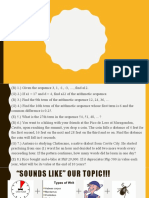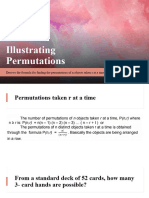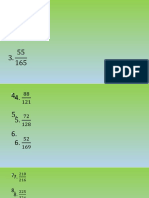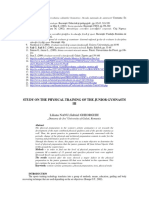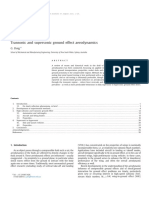0% found this document useful (0 votes)
141 views17 pagesThe Remainder and Factor Theorems
The document discusses the Remainder Theorem and Factor Theorem.
The Remainder Theorem states that when dividing a polynomial f(x) by (x-a), the remainder is equal to f(a). It can be used to evaluate a polynomial function.
The Factor Theorem states that (x-a) is a factor of a polynomial f(x) if and only if f(a) = 0. When dividing a polynomial by one of its factors and the remainder is 0, that factor fully divides the polynomial.
Both theorems relate the factors, zeros, and remainders of polynomials. They allow evaluating polynomials, finding all factors of a polynomial from one known factor, and determining if an
Uploaded by
Lenny Rose MoritoCopyright
© © All Rights Reserved
We take content rights seriously. If you suspect this is your content, claim it here.
Available Formats
Download as PPT, PDF, TXT or read online on Scribd
0% found this document useful (0 votes)
141 views17 pagesThe Remainder and Factor Theorems
The document discusses the Remainder Theorem and Factor Theorem.
The Remainder Theorem states that when dividing a polynomial f(x) by (x-a), the remainder is equal to f(a). It can be used to evaluate a polynomial function.
The Factor Theorem states that (x-a) is a factor of a polynomial f(x) if and only if f(a) = 0. When dividing a polynomial by one of its factors and the remainder is 0, that factor fully divides the polynomial.
Both theorems relate the factors, zeros, and remainders of polynomials. They allow evaluating polynomials, finding all factors of a polynomial from one known factor, and determining if an
Uploaded by
Lenny Rose MoritoCopyright
© © All Rights Reserved
We take content rights seriously. If you suspect this is your content, claim it here.
Available Formats
Download as PPT, PDF, TXT or read online on Scribd
/ 17


















